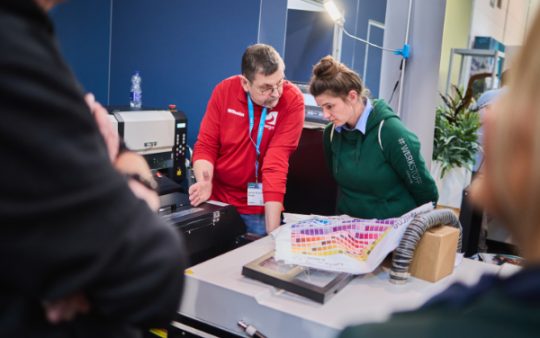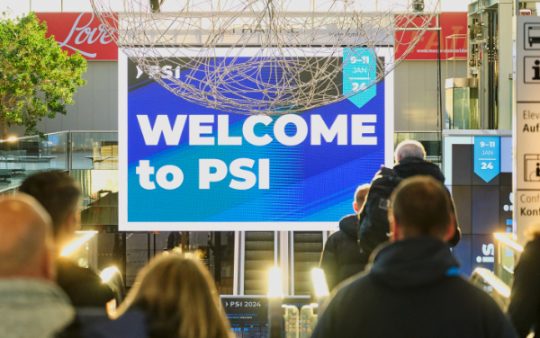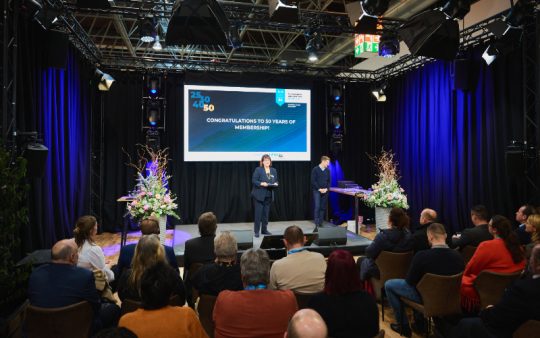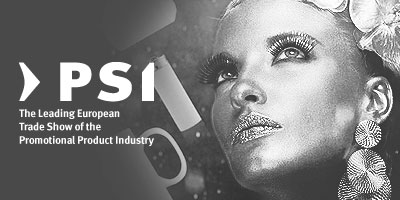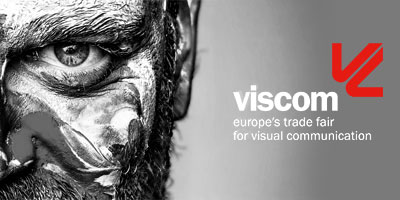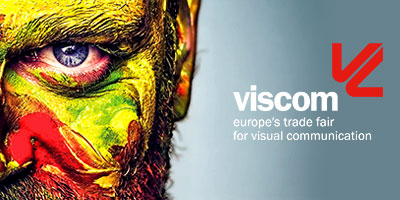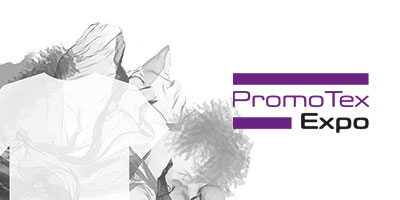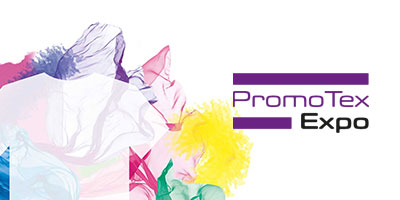Creative and to the Point

Published on 10.03.2020
Large formats are considered the supreme discipline in outdoor advertising. Here creativity is called for to make the advertising message last.
According to data provided by its association FW outdoor advertising is on course for growth. Accounting for an 8% market share in total advertising in Germany, this segment ranked between Online (12%) and Radio (6%), according to a Nielsen study in 2019. Boasting in excess of 150,000 sites in Germany billboards are the most frequently used form of advertising.
This type of marketing thrives on the transmission of messages that are quick to grasp. The art of designing a billboard consists in the combination of visual components that can be captured in a maximum of 3 to 5 seconds. After all, neither motorists nor pedestrians invest more time.
An impressive creative feat was recently delivered by the agency Leo Burnett London with a series of billboards for a fast food restaurant chain that caused a stir in London. Here iconic typography on a solid background attracted attention. Just through the listing of ingredients arranged in the order of preparation observers immediately associated and visualised the product. The design works without any type of brand logo. On-lookers can identify the sender themselves. And this works fine because the advertising targets world-famous fast-food products.

High-impact billboards, however, can also be designed without a strong brand boosting the advertising message. To this end it is important to work out the core statement even before the start of the design process. The question reads: which message is to be conveyed and which elements are suited for staging it effectively? Only once the concept is complete should implementation start. In this process some central aspects are to be considered:
KISS: Keep it short and simple
Billboard motifs should feature few elements – and if the idea so requires – only highlight one element. Less is simply more.
Look: the motif structure
Where should the viewer look first? The answer is: the design and the elements that are placed selectively in the focus of the motif – they attract viewers’ attention to what’s essential.
Who advertises here? The sender’s logo
Logos are the most important symbols for recognising brands. A clear placement and sufficient size of the logo ensure the desired brand recognition. The logo should also be clearly discernible from a distance.
A question of placement: the product image
Product images produce the highest effect when placed centrally and prominently in the motif. The image should account for about 40% of the format height. In combination with clear imagery this produces the optimal effect.
Everything so beautifully colourful: the colour cosmos
Our world is very colourful per se. Strong colours and contrasts help to take notice of a billboard amidst the host of environmental stimuli. Studies say that complementary colours – i.e. the colours that are farthest apart from each other in the colour wheel – work particularly well. But: the choice of colours should still match the brand, product and design idea.
Don’t say a thousand words
Few words and the message in a nutshell. This is how viewers grasp and understand billboards in the short amount of time available to them. So precision for a maximum of two text lines is called for.
Show your true size: the headline
A font size of approx. 15% of the format height is ideal to read text also from a distance. For subtitles a maximum of 10% will do. Too many font sizes are confusing – two are great, three the maximum.
Always stay positive: the communication
Emotional, affirmative statements come across better than negations and negative statements. Positive advertising is received better. Viewers rate the brand or product as more pleasant and have stronger memories.
Show a face: the testimonial
A smiling face puts us in a positive mood. Friendly people who either look viewers into the eye or direct their line of sight to important content, go down particularly well.
The best place: the environment
Billboards designed predominantly to address motorists as they drive by work best with brief, distinct messages and memorable images. In pedestrian zones the advertising message can sometimes be a little more complex because passers-by move more slowly than vehicles.
These rules for billboard design are based on the study “Momentum Plakat” and the VISATT advert analysis.
Bilder: Leo Burnett, London


